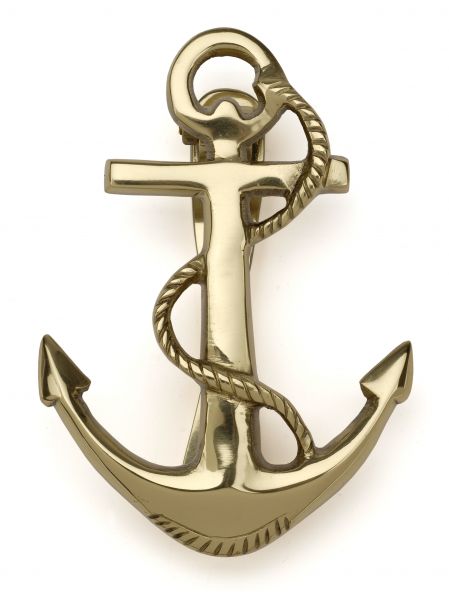.jpg)
On July 1st, 1942 the Montevideo Maru, a passenger ship accutomed to Asian waters, was sunk off the northern coast of Luzon by an American submarine, the USS Sturgeon, under the command of Lt. Cdr Wright, USN.
1,050 Australians were lost in the greatest single maritime tragedy in Australia's history. I don't mean by this to apportion blame to the Americans, nor to the brave crew of the submarine USS Sturgeon who sank her in slack waters with four torpedoes, but I do wish to draw attention to the loss of this ship, and the death of her mainly Australian passengers.
There is a bleak brotherhood among those who have died upon the sea, and those of you familiar with my little blog here will know that I spend a bit of extra time with those nautical losses and sunken ships that help in some way to define a nation in its greatest, most terrible hour, and those scurilous combatants who seek since to obscure the truth, long after the war has ended. There are few nations who define these parameters so perfectly as the Australians and the Japanese, as extant upon their relationship during the 2nd World War.
An excellent description of the sinking and its aftermath can be listened to here.
On 22 June 1942, some weeks after the fall of Rabaul to the Japanese, 1,053 Australians, including 845 prisoners of war and 208 civilian internees, were embarked from that port onto the ship. She was proceeding without escort to the Chinese island of Hainan, when she was sighted by the American submarine USS Sturgeon near the northern Philippine coast on 30 June.
The Sturgeon pursued, but was unable to fire, as the target was traveling at 17 knots. However, it slowed to about 12 knots at midnight; according to crewman Yosiaki Yamaji, it was to rendezvous with an escort of two destroyers. Unaware that it was carrying Allied prisoners of war and civilians, the Sturgeon then fired four torpedoes at the Montevideo Maru, sinking it before dawn of 1 July. According to Yamaji, Australians in the water sang "Auld Lang Syne" to their trapped mates as the ship sank beneath the waves.
The sinking is the worst maritime disaster in Australia's history. Of the ship's total complement of about 1,140 (including 88 crew), there were reportedly only 18 survivors (all crewmen), one of whom died soon afterwards. Among the missing was Reverend Syd Beazley of the Methodist Mission, the uncle of former ALP opposition leader Kim Beazley. Another was grandfather of former Midnight Oil lead singer and current Rudd government minister Peter Garrett. The story is retold in the Midnight Oil song "In the Valley".

No comments:
Post a Comment